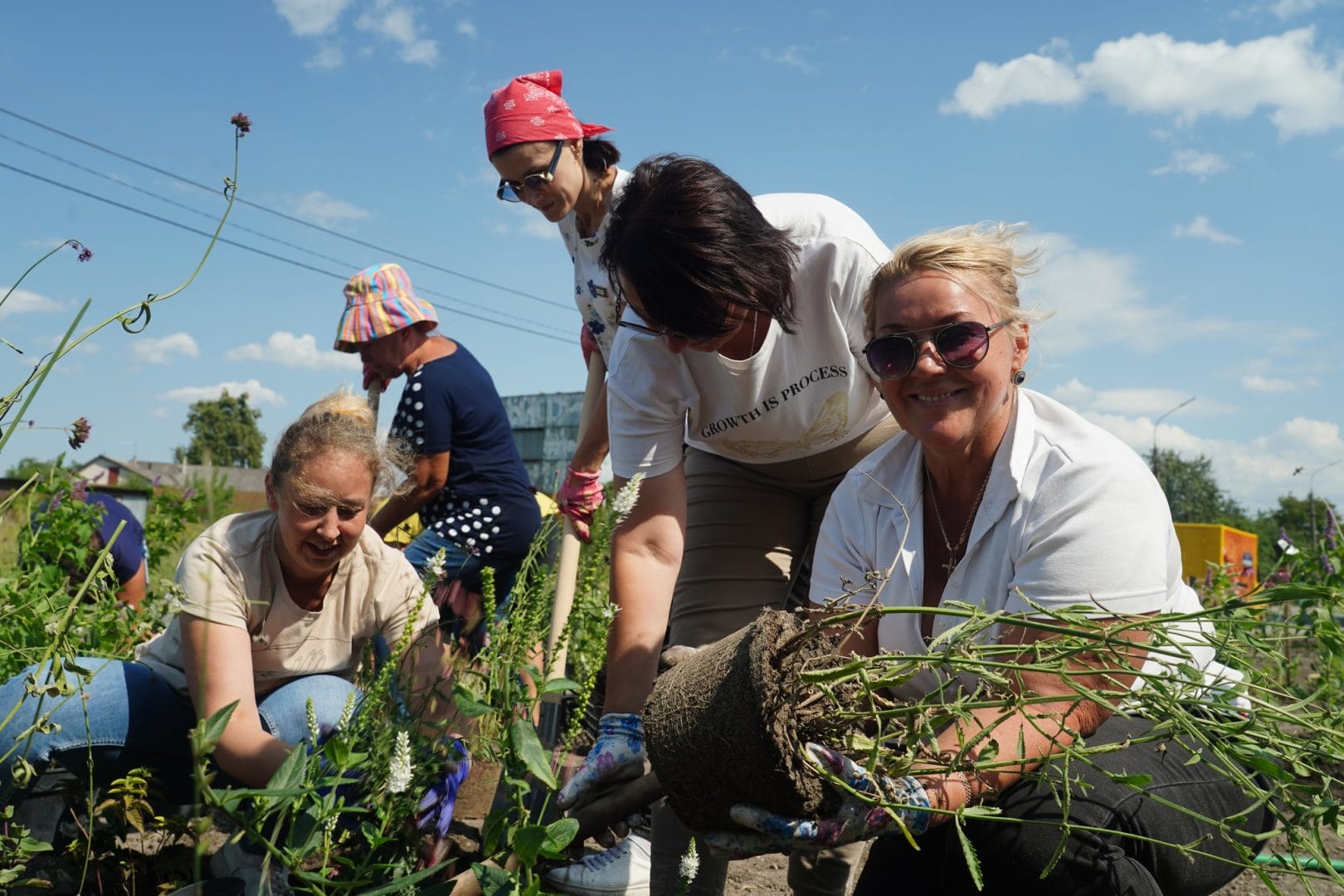This website uses cookies so that we can provide you with the best user experience possible. Cookie information is stored in your browser and performs functions such as recognising you when you return to our website and helping our team to understand which sections of the website you find most interesting and useful.
Shepetivka Community
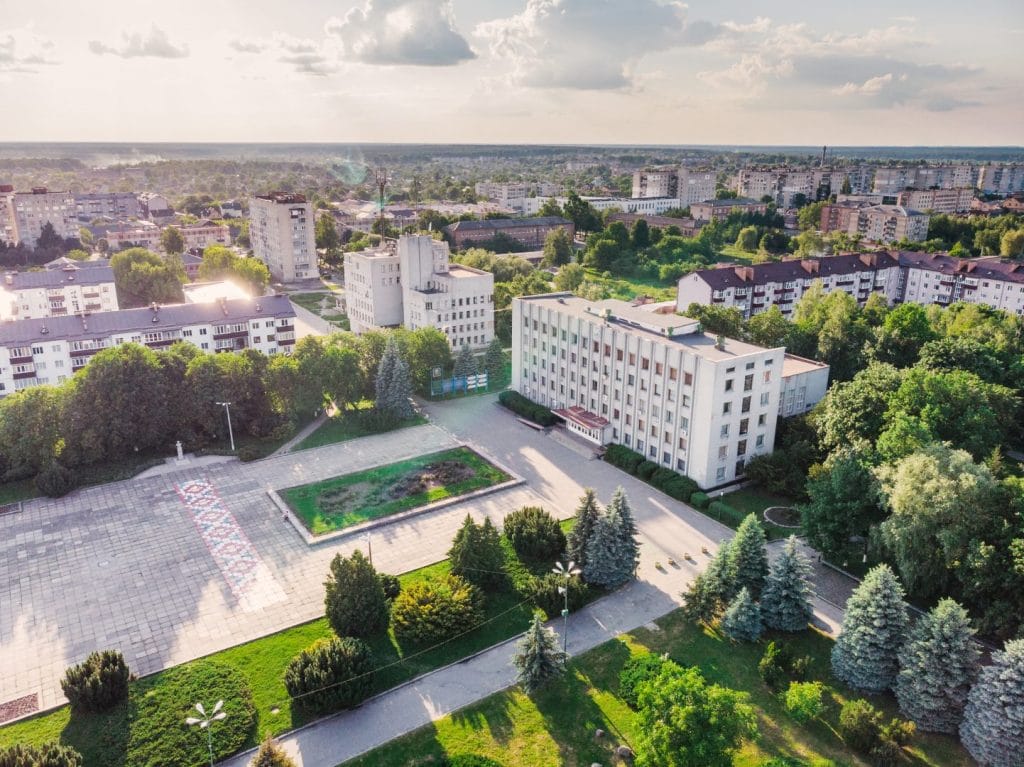
The Shepetivka Community is situated in Shepetivka Raion, Khmelnytskyi Oblast.
Total area: 167,649 sq km
Population: 43,000
Men: 14,300
Women: 18,400
Children: 5,300
Pensioners: 5,000
Internally displaced persons (IDPs): 3,500
The community comprises 1 city and 3 villages with an administrative centre in the city of Shepetivka.
History
The first written mention of Shepetivka dates back to 1587, in archival documents. They state that the village of Shepetivka belonged to the merchant Andrii Zhdiarskyi and was part of the Kremenets district. Archaeological research confirms that the area was inhabited by people much earlier, with the discovery of Neolithic tools and mounds from the Scythian-Sarmatian period.
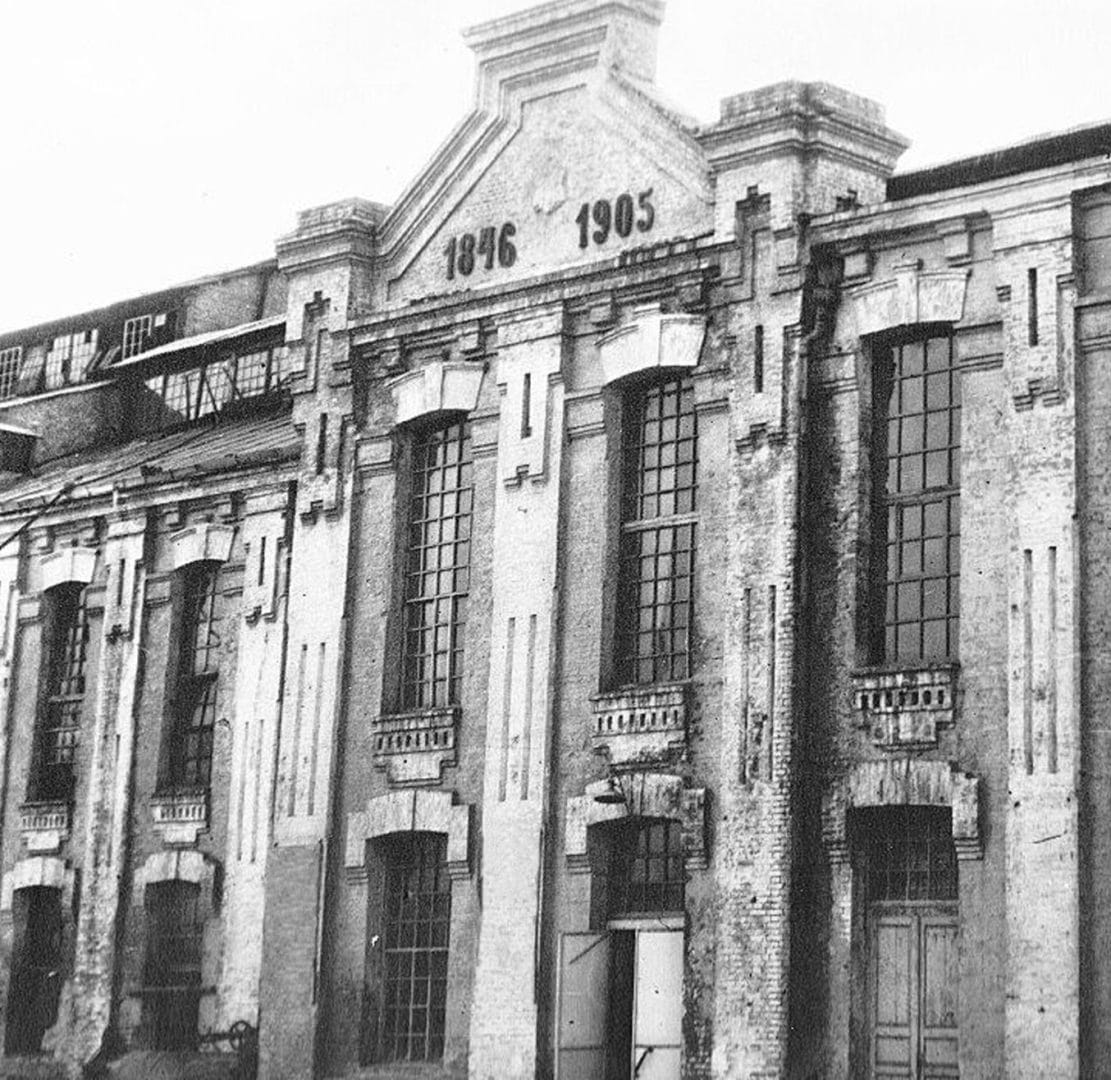
During the Polish-Lithuanian Commonwealth, in 1619, the city received the Magdeburg Law.
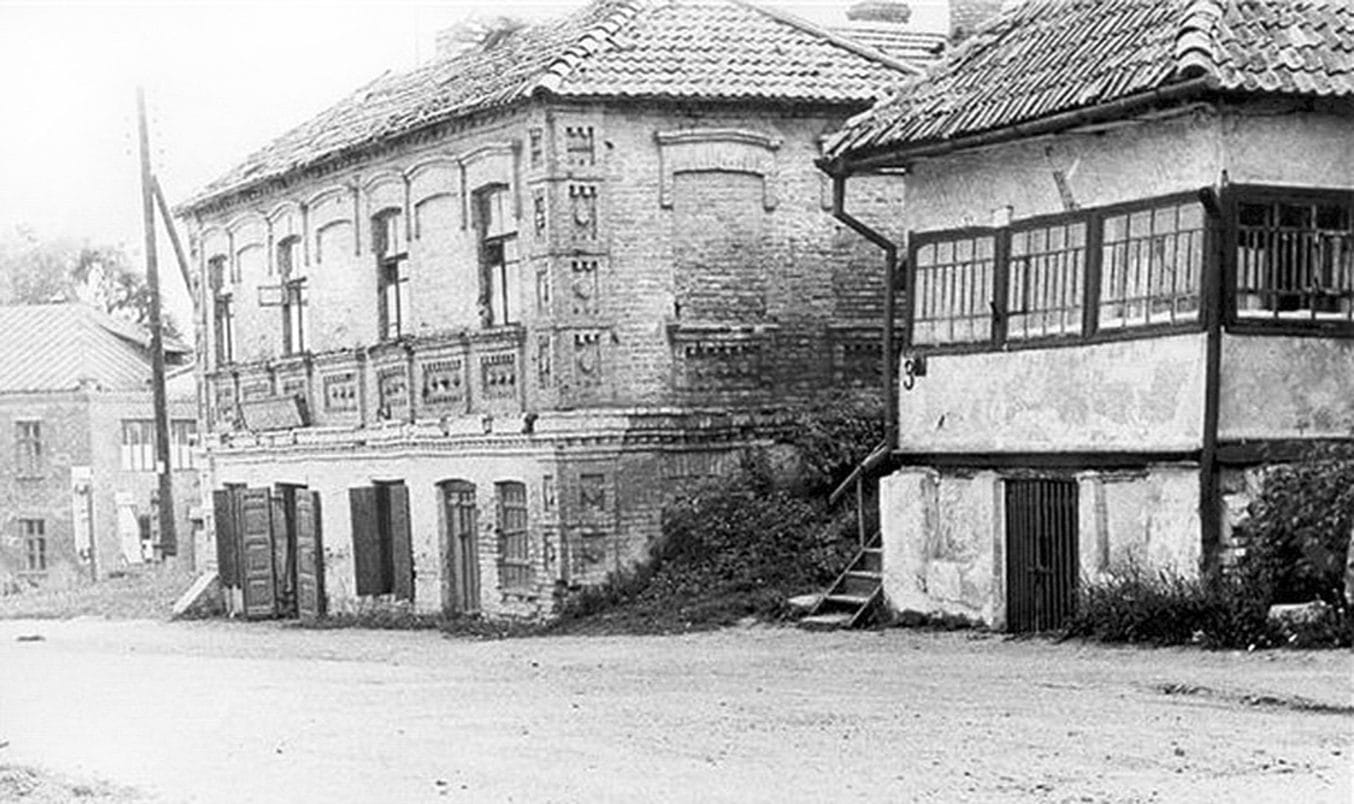
In 1866, the city became a volost centre, and industry began to develop after the railroad was laid. By the end of the nineteenth century, the population had grown to about 6,000 people.

There are museums in the community, with the Museum of Propaganda being the hallmark. It is the first museum in Ukraine to research and highlight the “phenomenon” of propaganda of the Soviet and Russian regimes, to debunk propaganda myths and stereotypes that, unfortunately, still exist today and are used by the Russian Federation in the current war.
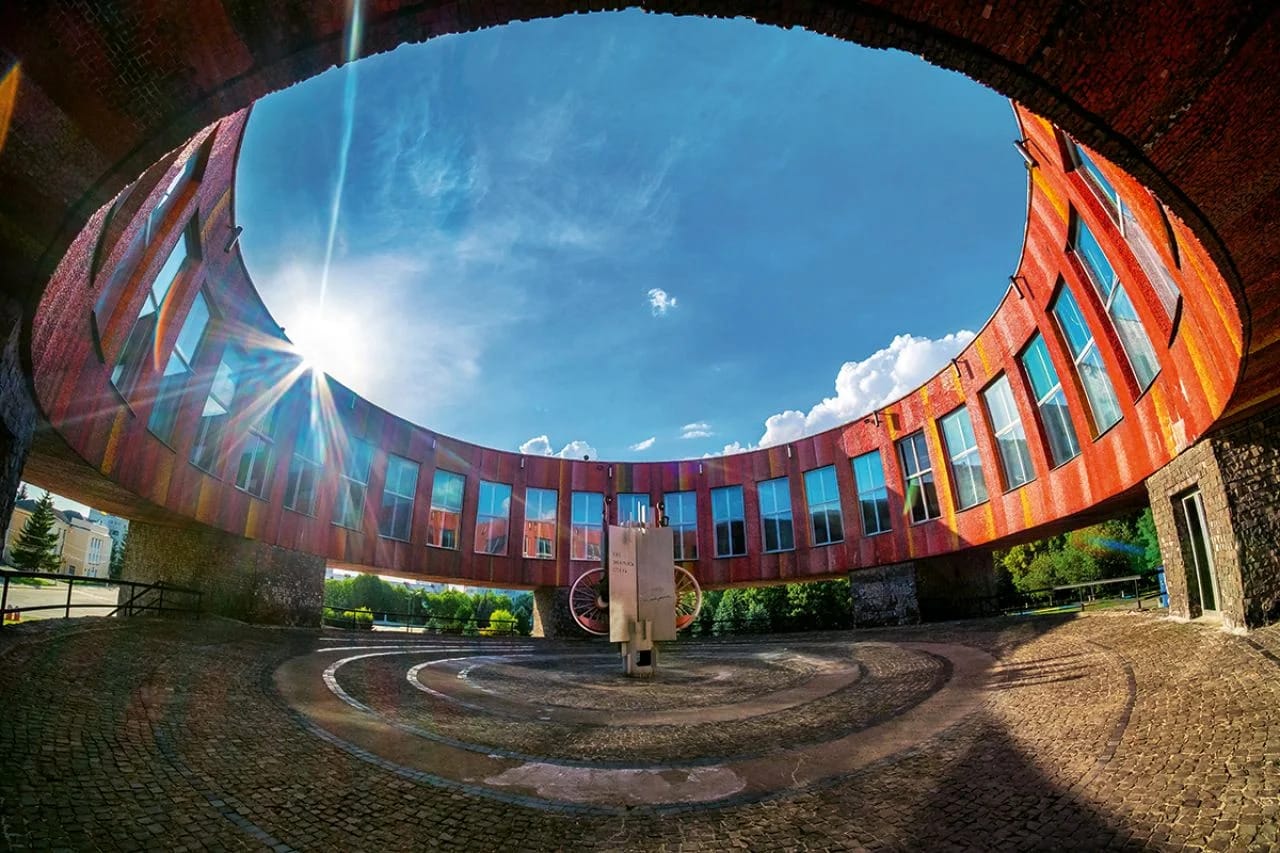
Economy and Welfare
Shepetivka is an important railway junction with direct connections in 5 directions to all regions of Ukraine and abroad.
The city’s industrial complex includes 14 enterprises. About 80% of industrial production in the city is made up of the processing industry, while the rest is gas and heat supply. The community also has more than 2,000 individual entrepreneurs (as of 01.01.2023).
ShepetivkaTsukor, one of the leaders in the Ukrainian sugar industry, operates in the community. Interproduct is engaged in grain processing and cereal production, and Shepetivka Repair Plant in the repair and maintenance of finished metal products.
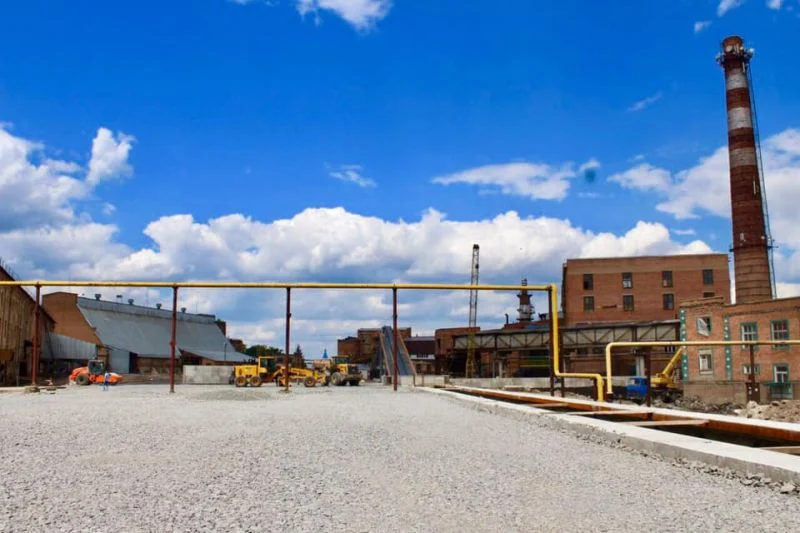
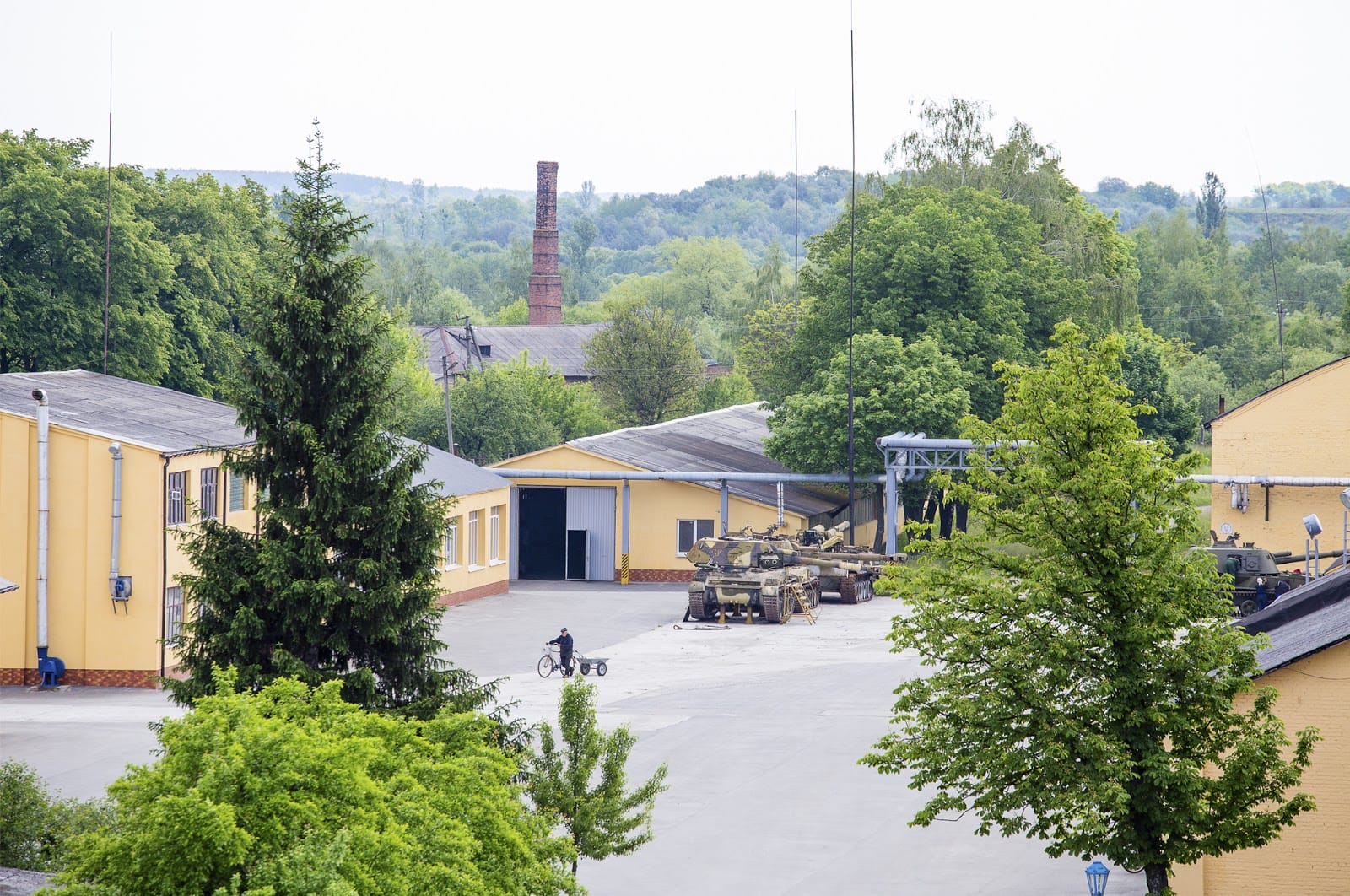
Back in 2015, the Tekstyl shop of the Rivne Flax Mill opened in the city and began producing its own knitwear.
The total forest area of the state forestry fund is over 3,500 hectares, with 90% of the total area covered by forest. Mineral resources are represented by deposits of mineral radon water and granite.
Education, culture, sports and social protection in the community are well developed. There are 11 secondary education institutions and a comprehensive children’s and youth sports school in the Shepetivka Community.
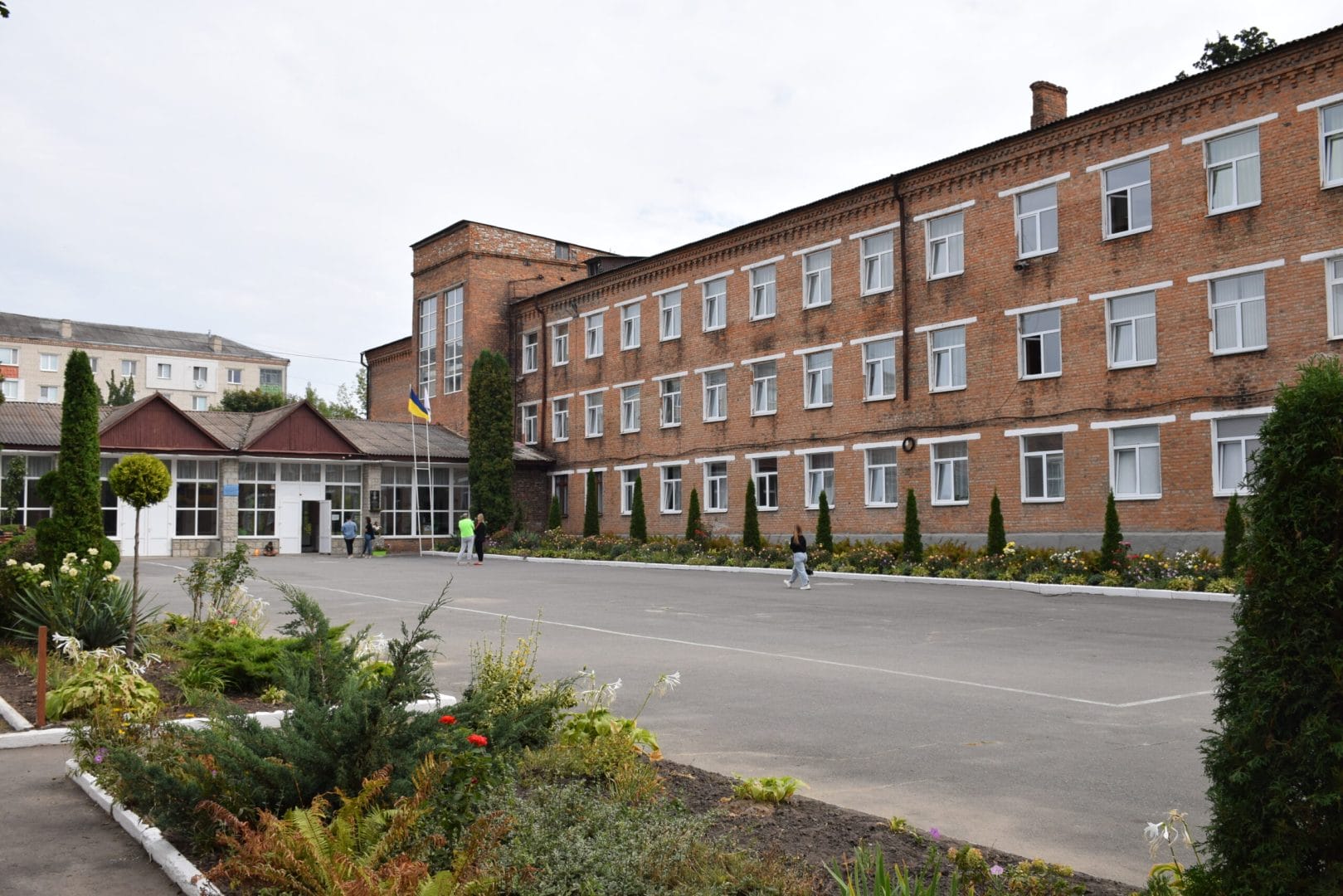
The community also has the Shepetivka Vocational Lyceum, Shepetivka Vocational College of Podilskyi State Agrarian and Technical University, and Shepetivka Medical Vocational College.
There is an art music school and a children’s art school, a house of culture with three branches.
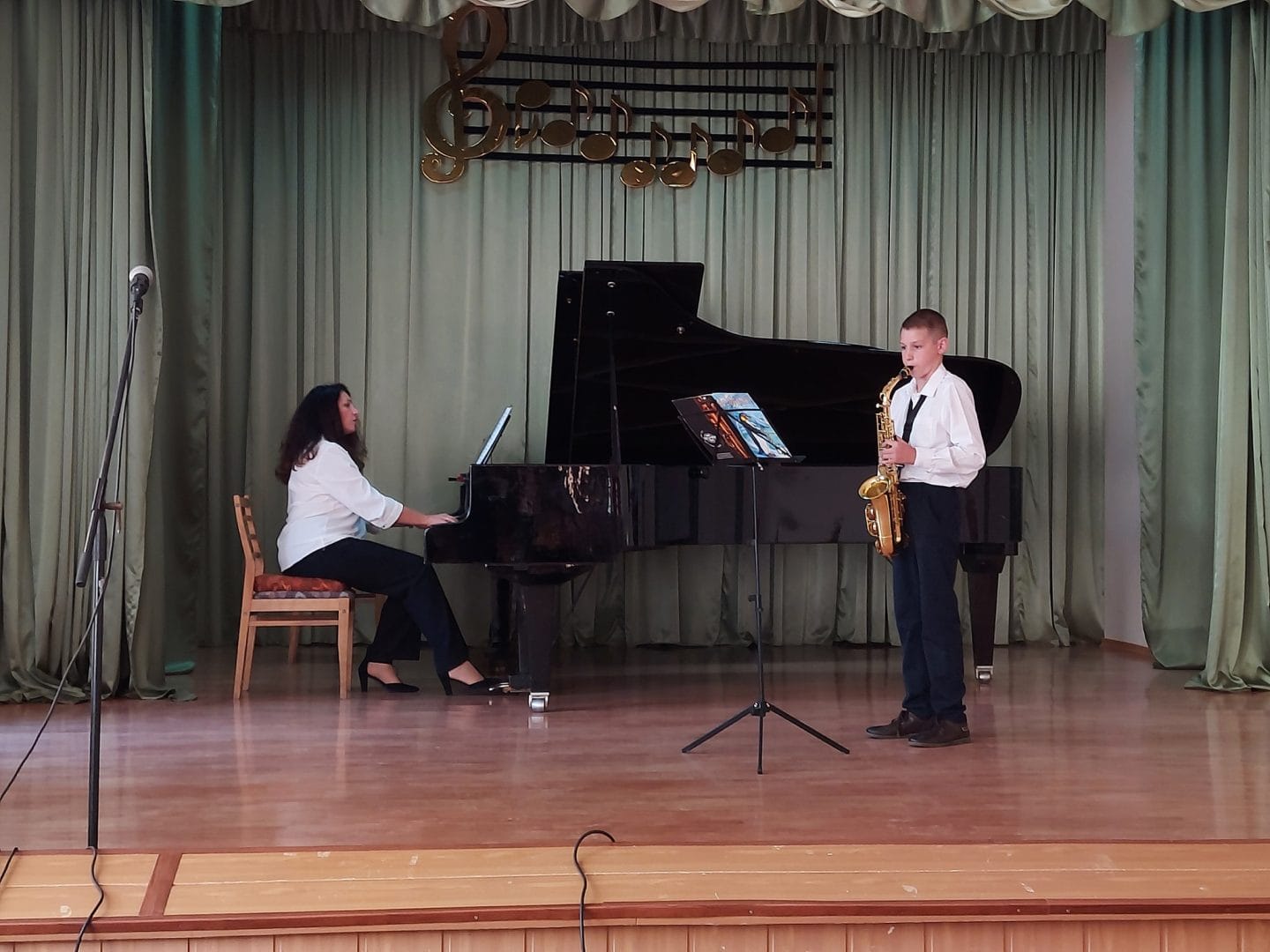
An inclusive resource centre provides educational services to children with special needs.
In the healthcare sector, there are 2 municipal non-profit enterprises – primary healthcare centres. The Shepetivka Multidisciplinary Hospital also operates.
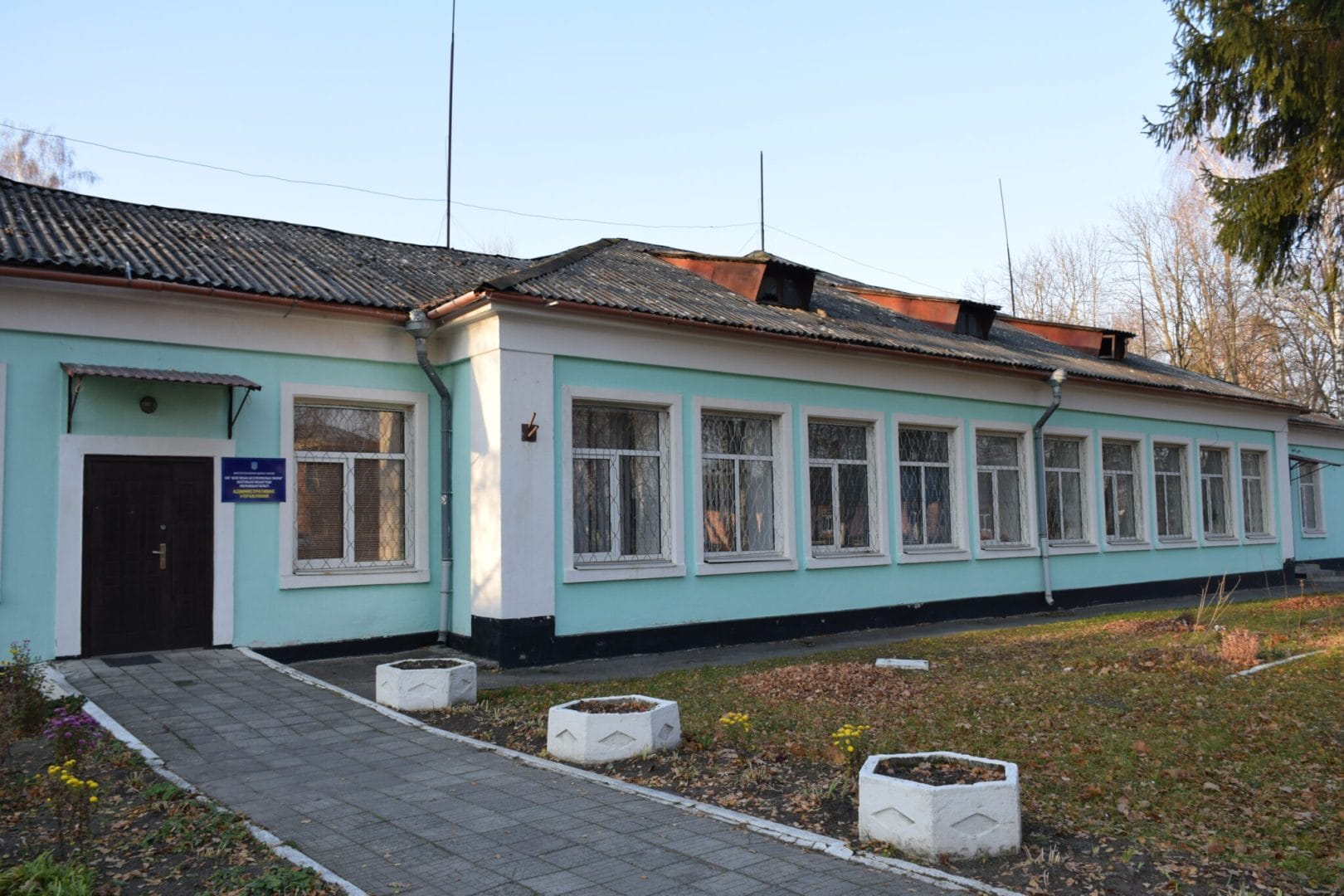
The community has: Shepetivka Territorial Center for Social Services (providing social services), which provides assistance to the elderly and people with disabilities, families in difficult life circumstances, and veterans. There is also the Shepetivka Center for Comprehensive Rehabilitation for Children with Disabilities, which provides rehabilitation, psychological counselling, diagnosis of the characteristics of a child with a disability, and identification of forms, methods, and means of psychological correction.
The Community and the War
The Shepetivka Community, like many others in Ukraine, faced numerous challenges with the start of the full-scale invasion, but demonstrated resilience, unity and active support for both the Armed Forces of Ukraine and internally displaced persons.
Since the first days of the war, the community has been actively involved in supporting the military. In the period of 2022-2023, the community budget allocated more than UAH 38 million for the needs of the Armed Forces of Ukraine and the families of defenders. These funds were used to purchase necessary equipment, ammunition and financial assistance for the families of the soldiers.

Unfortunately, the war brought losses. The community has repeatedly farewelled its heroes who gave their lives for Ukraine’s independence.

The Shepetivka Community has become a refuge for many displaced people. The municipality organized a charity event called “Backpack of Kindness” to support IDP children and help them prepare for school.
They also provide counselling and information assistance, including housing search and integration into the new environment.
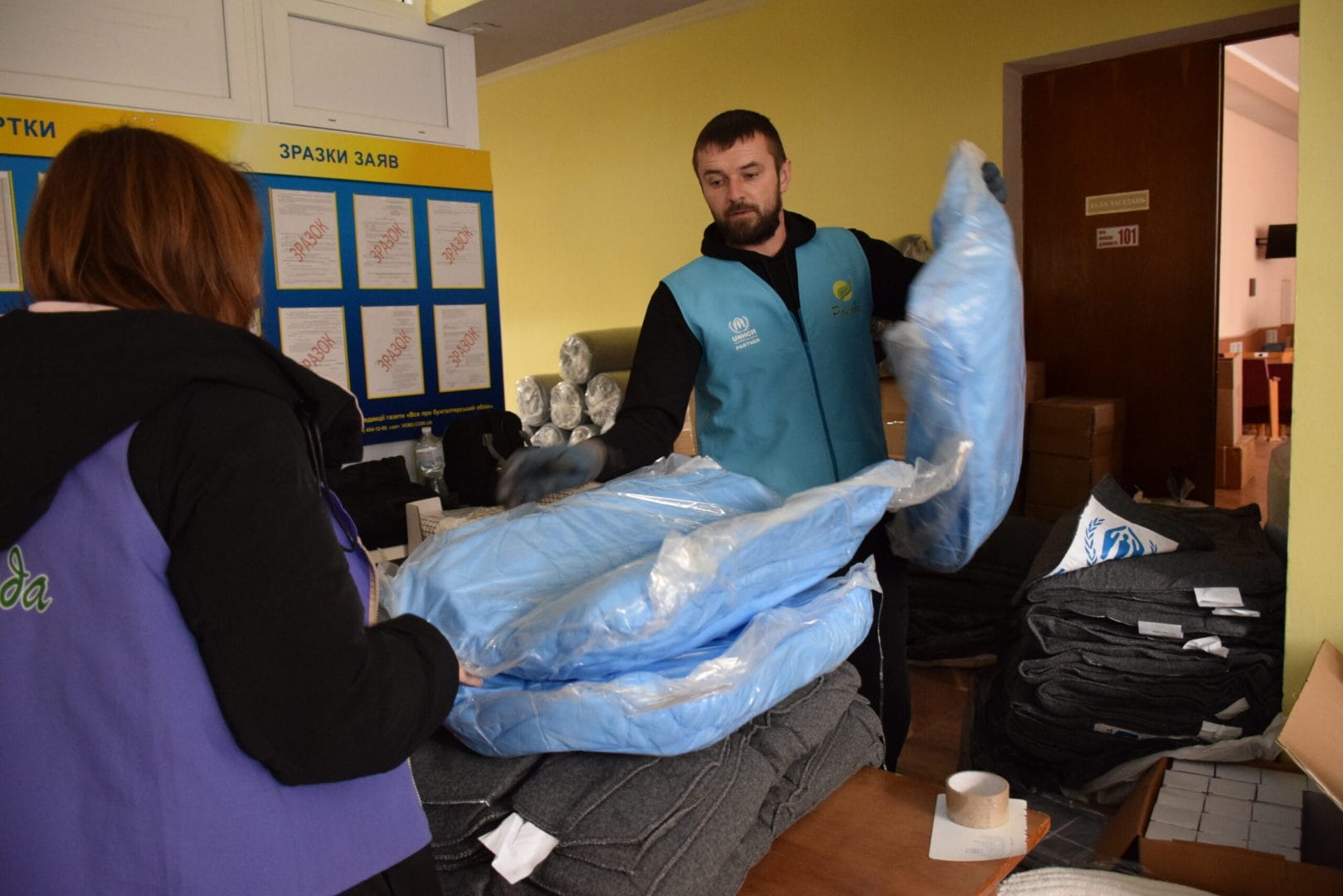
Medicines and equipment have arrived in Shepetivka Community, which were purchased mainly at the expense of the Catholic community of the Walenbrück district of Spenge (North Rhine-Westphalia). The parishioners raised money for the restoration of the ancient organ, but decided to redirect the funds to help Ukraine.
The owner of a pharmacy in Cologne, Mrs. Polat, was a great help, as she not only sold the medicines at the purchase price, but also donated a significant amount of them herself.

More than 80 buildings in the community were damaged by shelling by Russian troops.
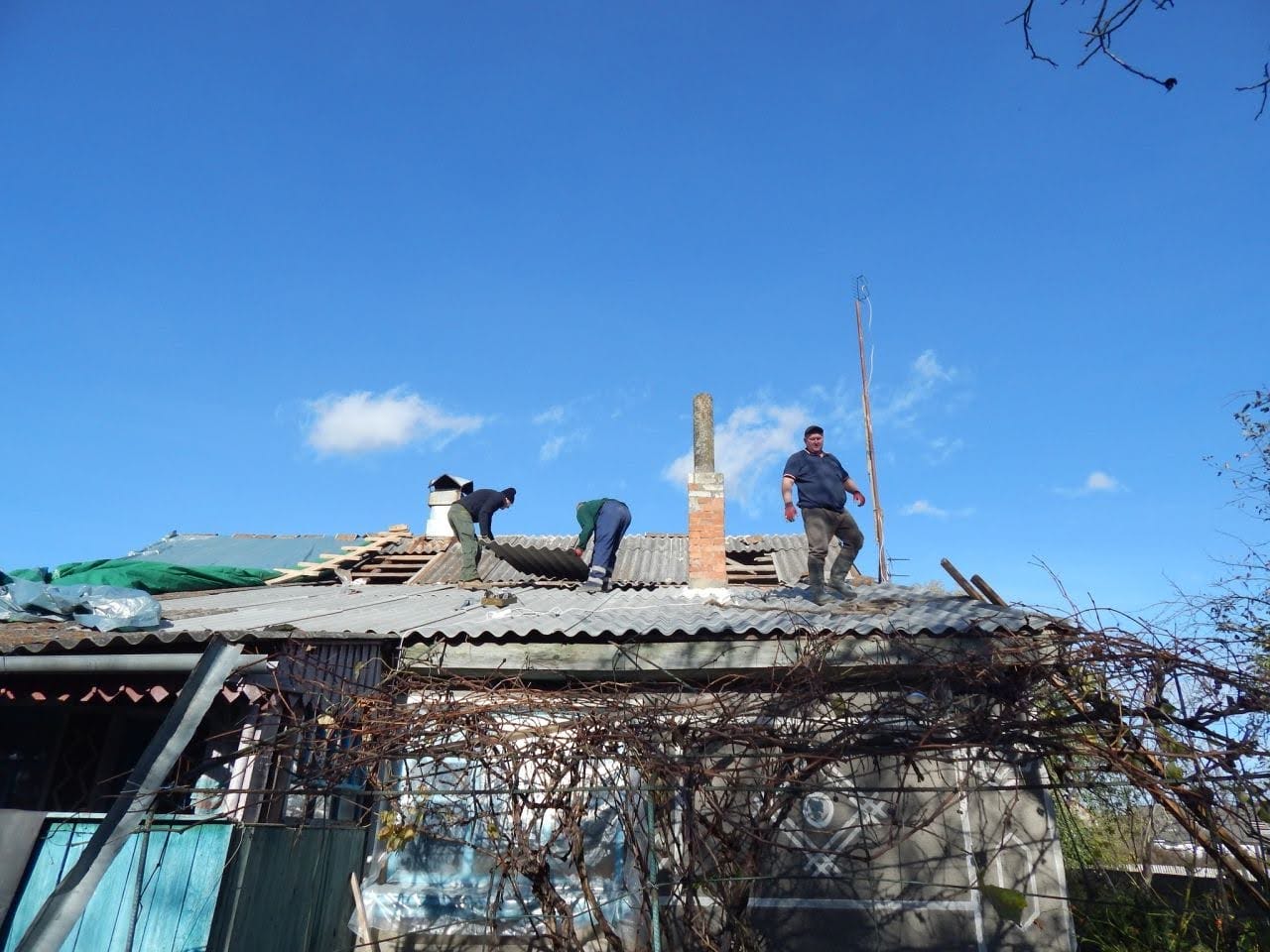
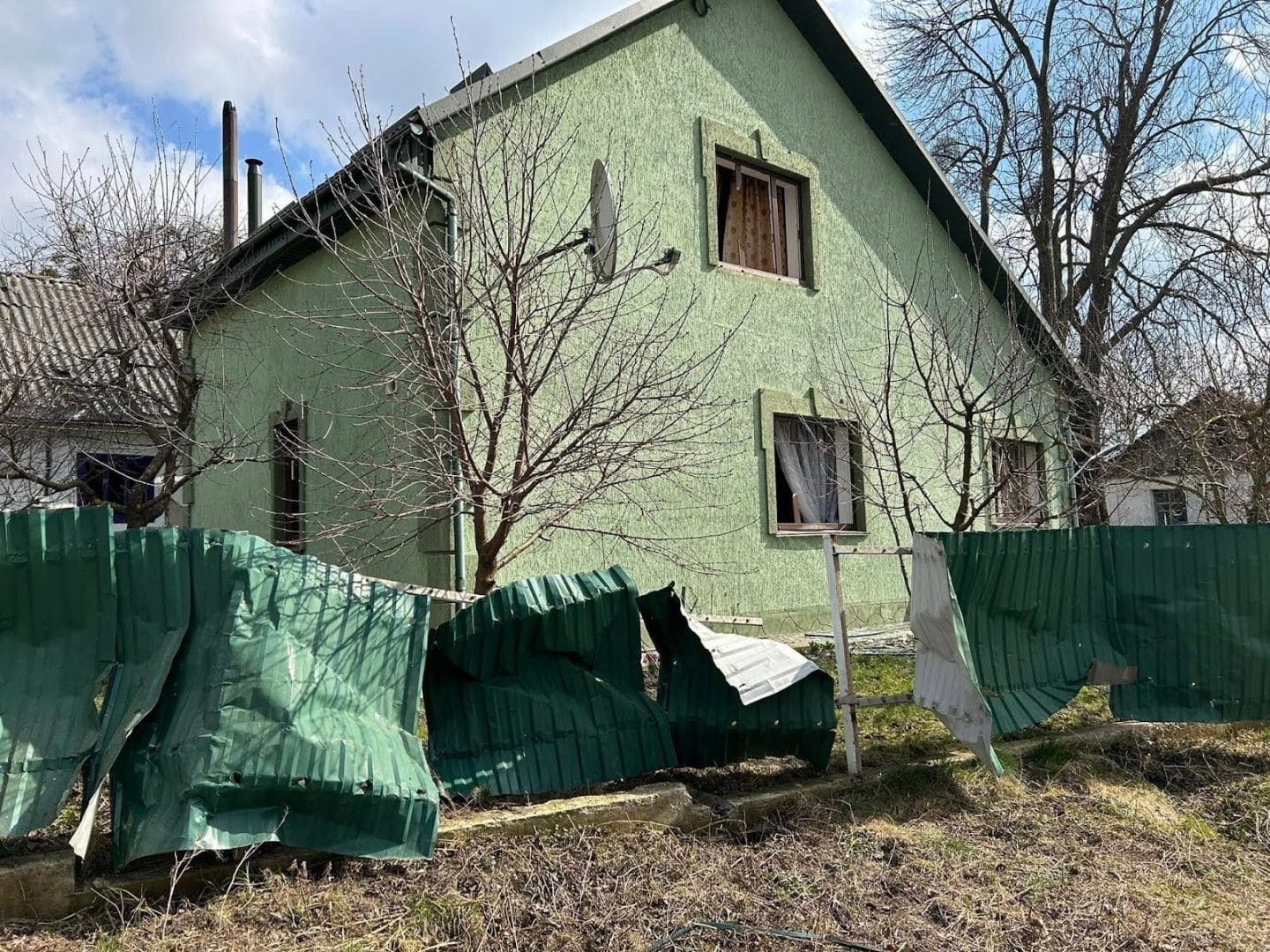
Despite the difficulties, the community demonstrates unity and mutual support. Charity events, commemorations of fallen heroes and support for internally displaced persons demonstrate the cohesion of the residents.
Community People
Vitalii Buzyl is the head of the community.
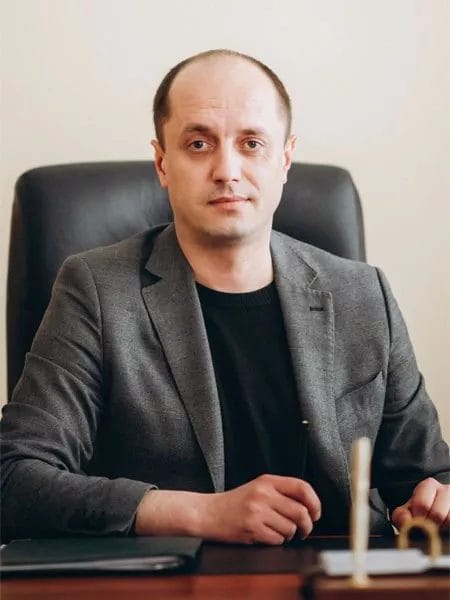
Since 2020, the community has been headed by Mayor Vitalii Buzyl. The community actively participates in national and international events.
In 2024, under the leadership of Vitalii Yanushevskyi, the community’s deputy and CDTO, the community was ranked 23rd among the top 100 communities in Ukraine, leaders of digitalization, according to the index of the Ministry of Digital Transformation of Ukraine.
Deputy Mayor Halyna Bezkorovaina became one of 3 representatives from Ukraine at the meeting of the Network for Municipal Partnerships with Germany, which took place in Berlin in a hybrid format.
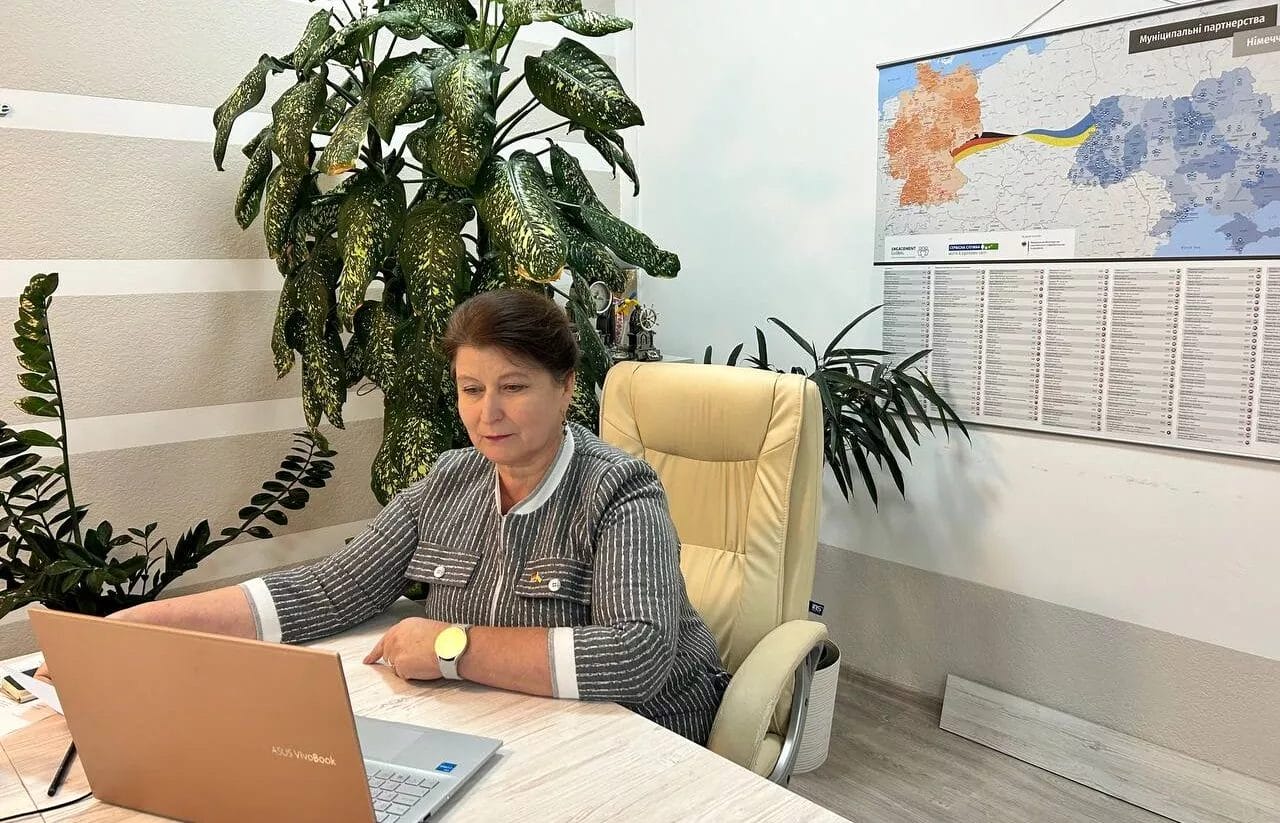
In 2024, the Shepetivka Community signed two international partnership agreements, and visited the twin city of Wetzlar (Germany) as part of one of them. In addition to the signing of the Cooperation Agreement, the community received self-propelled fire and municipal equipment. We signed a partnership agreement with the Swedish city of Karlskoga.
In November 2024, Shepetivka was visited by the mayor of the twin city, Tony Ring.
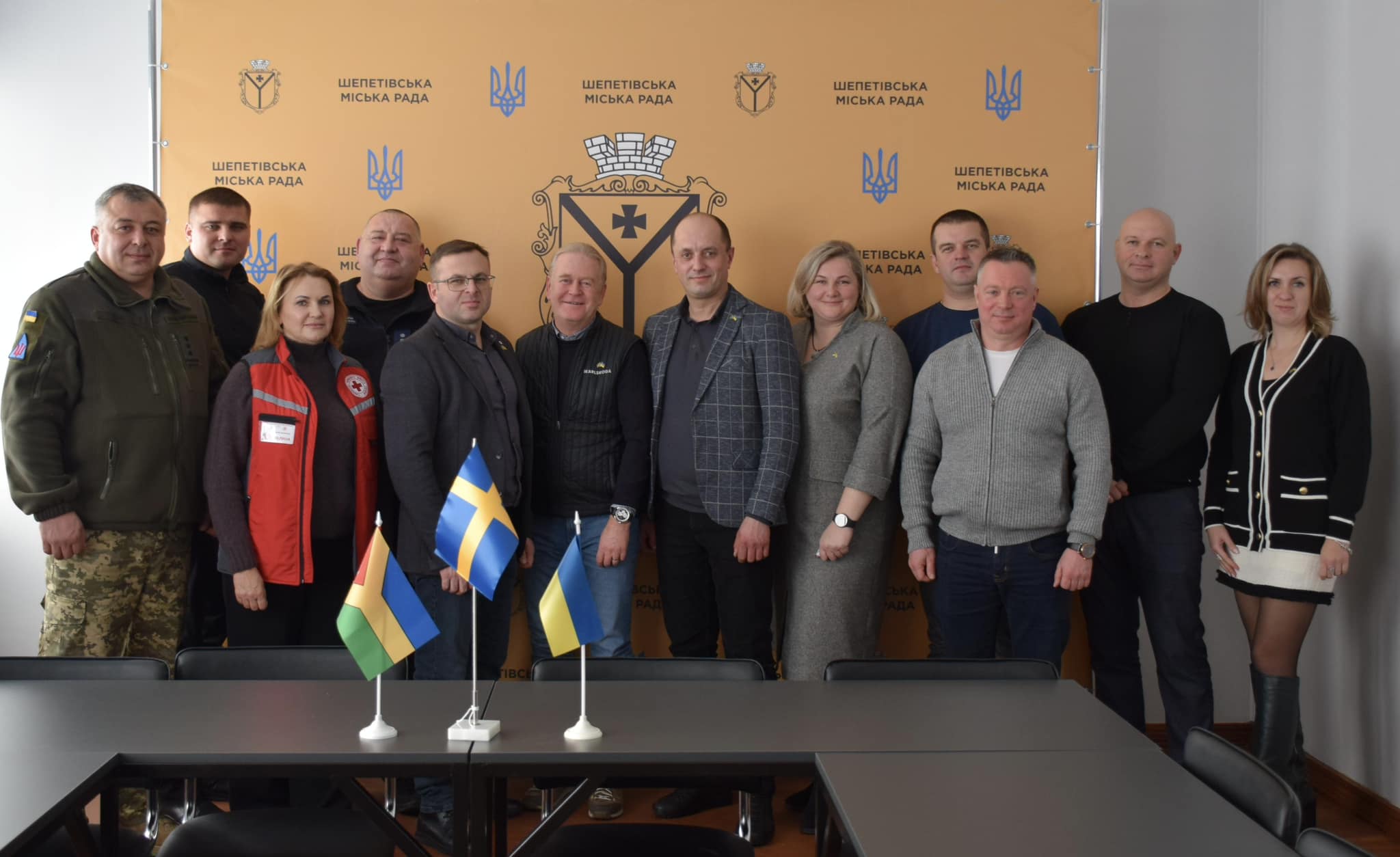
Representatives of the community took part in a meeting of the Ukrainian-German Municipal Partnerships Network “Establishing and Developing Partnership Cooperation” in Warsaw, Poland, in September 2024. The meeting was held as part of the Municipal Partnerships with Ukraine project implemented by SKEW/Engagement Global.
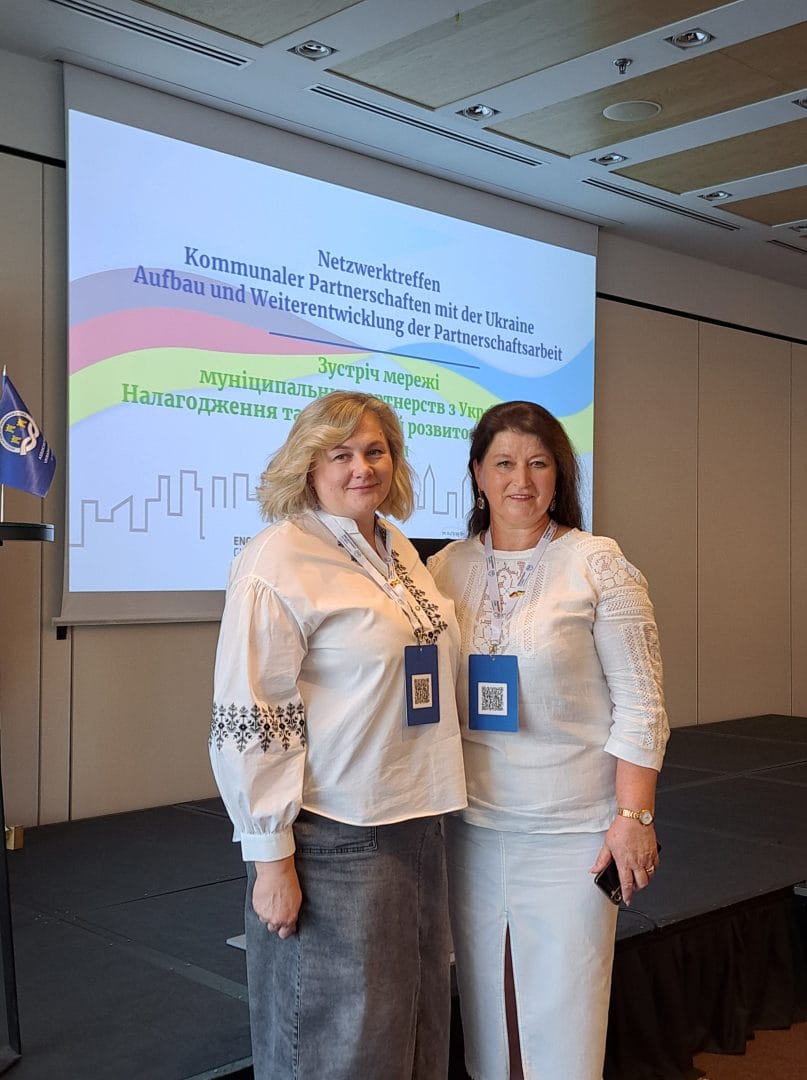
The Shepetivka Community took part in the second Municipal Partnership Forum: Focus on Restoring Ukraine, which took place in Lviv. Representatives of the community took part in the Ukraine-Sweden teleconference, which will also be broadcast in the spring of 2025 during the Swedish-Ukrainian Municipal Partnership Forum in Stockholm.
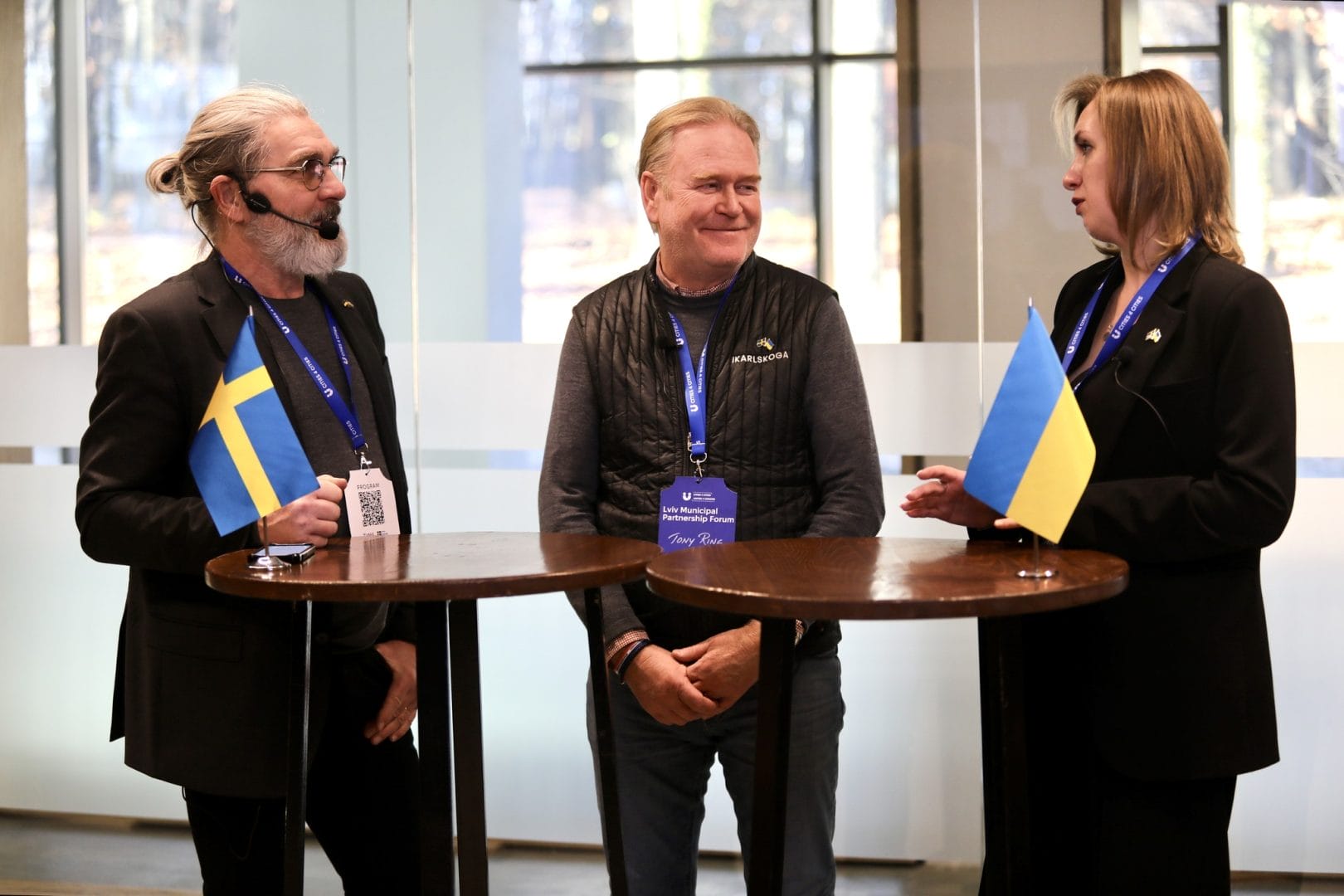
Development Strategy
The 2030 Development Strategy of Shepetivka Community focuses on three main areas: economic development, creation of a comfortable and safe environment, and human potential development.
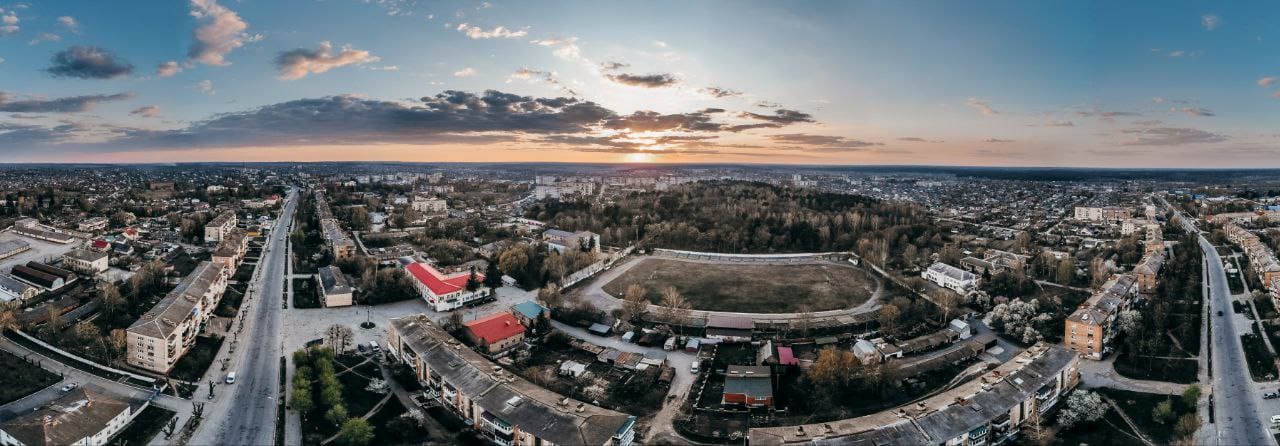
Economic transformation involves transforming a community into a dynamic, investment-attractive, and environmentally sustainable system. One of the key goals is to create a favourable business climate. This includes simplifying registration procedures, providing advisory support to entrepreneurs, developing infrastructure such as business incubators, and attracting investment in industry and trade. An important point is the digitalization of business processes and the improvement of digital literacy of entrepreneurs. It is also planned to develop agriculture through the introduction of modern technologies, the creation of agricultural cooperatives and support for farmers.
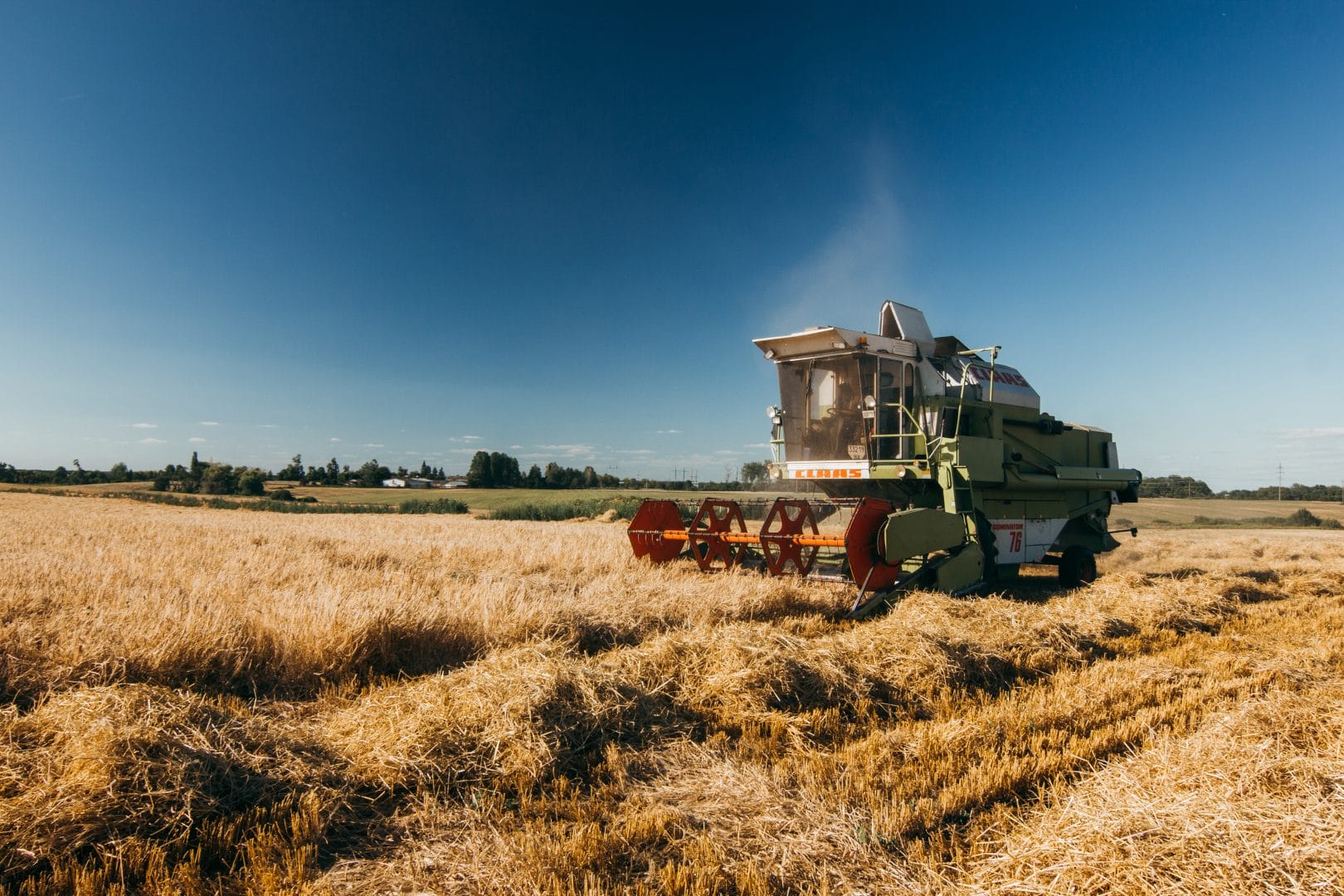
Environmental protection measures are also planned, such as water bodies clean-up and the introduction of separate waste collection. Energy efficiency is also important, with the transition to renewable energy sources.
All of these areas require attracting financial resources from various sources, effective management, and active community participation. Regular monitoring and evaluation of the strategy’s implementation will allow us to make the necessary adjustments to ensure that it meets the current needs of the community.
The City of Flowers, a roadmap for growing flowers in closed grounds in the Shepetivka Community, was prepared and implemented as an appendix to the Community Development Strategy by a decision of the city council. This initiative involves the creation of greenhouses for growing perennial flower plants that will be used to beautify urban areas.
The Steel Magnolias project has recently been completed in the community. The goal of the project is to develop entrepreneurial skills and provide support for the psychological resilience of the participants of the Steel Magnolias Center.
